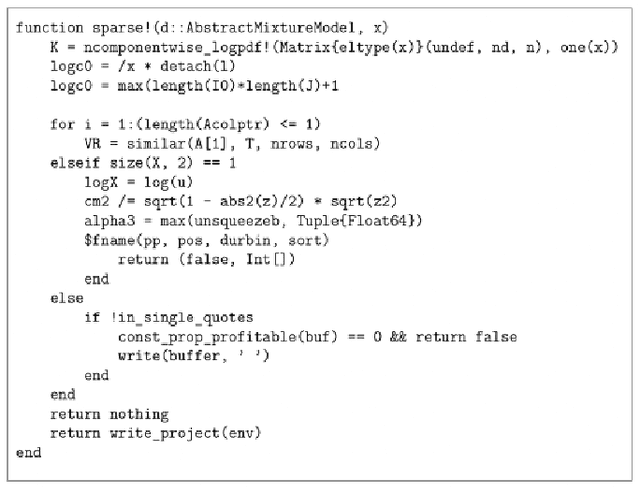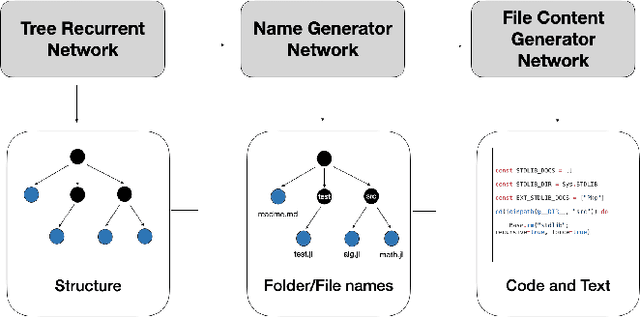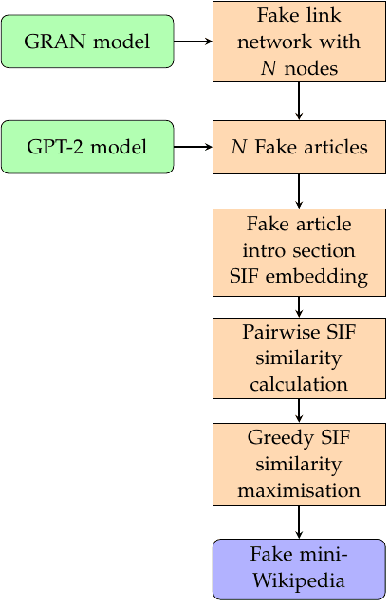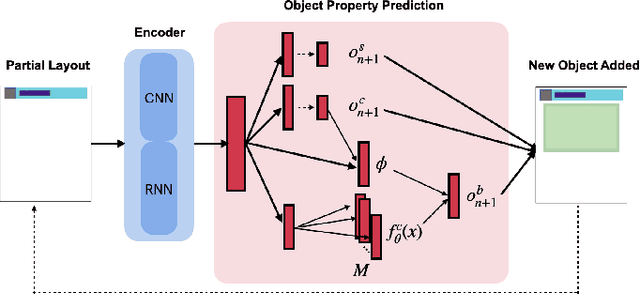Cody J. Christopher
Deception for Cyber Defence: Challenges and Opportunities
Aug 15, 2022



Abstract:Deception is rapidly growing as an important tool for cyber defence, complementing existing perimeter security measures to rapidly detect breaches and data theft. One of the factors limiting the use of deception has been the cost of generating realistic artefacts by hand. Recent advances in Machine Learning have, however, created opportunities for scalable, automated generation of realistic deceptions. This vision paper describes the opportunities and challenges involved in developing models to mimic many common elements of the IT stack for deception effects.
Modelling Direct Messaging Networks with Multiple Recipients for Cyber Deception
Nov 21, 2021



Abstract:Cyber deception is emerging as a promising approach to defending networks and systems against attackers and data thieves. However, despite being relatively cheap to deploy, the generation of realistic content at scale is very costly, due to the fact that rich, interactive deceptive technologies are largely hand-crafted. With recent improvements in Machine Learning, we now have the opportunity to bring scale and automation to the creation of realistic and enticing simulated content. In this work, we propose a framework to automate the generation of email and instant messaging-style group communications at scale. Such messaging platforms within organisations contain a lot of valuable information inside private communications and document attachments, making them an enticing target for an adversary. We address two key aspects of simulating this type of system: modelling when and with whom participants communicate, and generating topical, multi-party text to populate simulated conversation threads. We present the LogNormMix-Net Temporal Point Process as an approach to the first of these, building upon the intensity-free modeling approach of Shchur et al.~\cite{shchur2019intensity} to create a generative model for unicast and multi-cast communications. We demonstrate the use of fine-tuned, pre-trained language models to generate convincing multi-party conversation threads. A live email server is simulated by uniting our LogNormMix-Net TPP (to generate the communication timestamp, sender and recipients) with the language model, which generates the contents of the multi-party email threads. We evaluate the generated content with respect to a number of realism-based properties, that encourage a model to learn to generate content that will engage the attention of an adversary to achieve a deception outcome.
 Add to Chrome
Add to Chrome Add to Firefox
Add to Firefox Add to Edge
Add to Edge